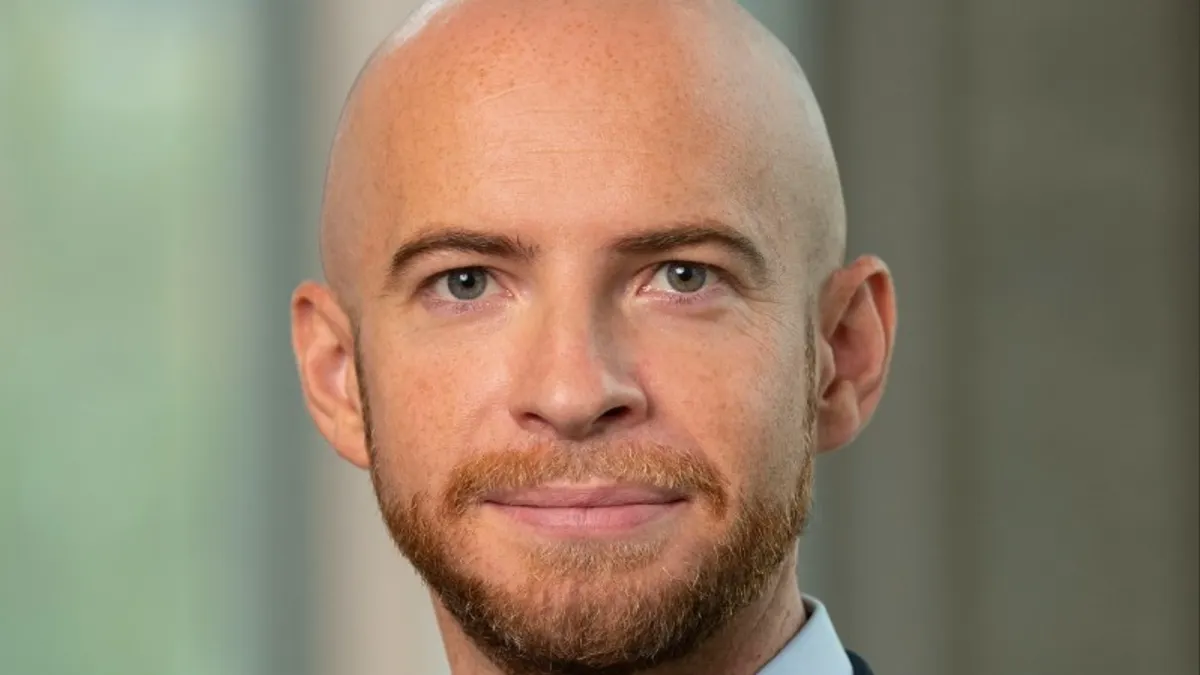Much lip service has been given to the complexities behind developing and manufacturing cell and gene therapies. But navigating those challenges don’t end once the treatment is approved — especially when it comes to autologous cell therapies, which require the patient’s own cells.

“People talk about cell and gene therapies in a bucket too much. But autologous therapies are so different — everything involved in them is very different,” explains Greg Christianson, a principal at Nuvera Life Science Consulting, which specializes in “patient-centric solutions that enhance access and adherence to rare diseases and specialty therapeutics.”
In particular, Christianson says that when rolling out an autologous cell therapy — such as a CAR-T — companies need to make critical decisions around managing team and patient management to avoid delays that could emerge.
Here are four ways Christianson says companies can help prepare for a cell therapy launch.
Know your philosophy: "First and foremost is the philosophical decision a manufacturer needs to make about whether or not they want to pursue a relationship with the patient and caregiver involved in their treatment,” Christianson says.
Unlike traditional treatments, the experience of receiving an autologous cell therapy is more arduous for patients, who produce the raw material themselves: their own cells. This begins a complex series of steps that can often require travel, longer hospital stays, and at times, participation in regulatory-required follow-up studies.
Because this creates many touchpoints with highly trained healthcare providers, the relationship that patients develop with caregivers is more involved than when receiving other types of therapies. And Christianson notes that pharma companies providing the treatment typically aim to find a balance between guiding patients through this journey, while not getting in the way of their caregivers.
“Patients [receiving cell therapies] are often in dire straits, so the greater relationship pharma companies have with patients, the greater the risk is that they’ll get in the way of the relationship the patient and treatment center have,” he says.
To help, Christianson advises that companies decide what level of involvement is a good fit for them before rollout. Often, companies start by looking at the typical pain points patients are likely to encounter and then at how they can provide assistance. For example, some companies may provide travel and lodging support. Others may create a program that walks patients through the whole process while laying out what kinds of services and support they can provide.
Either way, Christianson says that “creating that foundational view of the treatment experience provides an organizational asset that gets everyone on the same page.”
Earn a good rapport with treatment sites: Starting in the clinical trials process, manufacturers identify a number of treatment centers to administer their therapy. At first, they may only have a handful of centers in their network. But if the therapy is approved, they’ll need to expand to reach more. And when a pharma company begins negotiating with sites, its reputation could impact whether or not the site wants to form a partnership.
Therefore, it’s important to establish a streamlined and organized process in early clinical trials, Christianson says.
"There are a lot of wheels at play to manage all of [these] steps."

Greg Christianson
Principal, Nuvera Life Science Consulting
“The perception around how difficult your therapy is to use in your clinical trials and if they see disjointed processes in play, the greater the risk of hesitancy when you’re trying to encounter with getting those treatment centers on board,” he says.
Christianson points out that this was less of an issue when only a few cell therapies were approved. But now, as more treatments head to market, the competition for treatment center bandwidth has heated up.
Break down silos: “First you have clinical trials, then you have the commercial team, then billing, manufacturing and supply chain in the background,” Christianson says, describing the various groups involved in the development and launch of cell therapies. “And these teams don’t usually talk to each other.”
Henotes that at smaller biotechs this is less of an issue because the companies are “building organizations around the drug.” But at larger pharmas, a concerted effort has to be made to break down silos between departments so that everyone’s on the same page — otherwise, a disconnected approach could slow down launch.
“If your teams are not aligned internally on who’s doing what and when, where and how, then the initial certification process for treatment centers could be disjointed and not done in a timely manner,” he says. “So that could delay treatments getting to patients.”
Establish order management: Ordering an autologous cell therapy is not as easy as calling up a pharmacy. Instead, a patient has to go through screening and then cells need to be collected, a process that Christianson says can require multiple rounds of apheresis, which can take weeks depending on how many rounds they need. Once the patient receives the treatment infusion, they could then be in a center for up to four weeks for monitoring.
“There are a lot of wheels at play to manage all of those steps,” Christianson points out.
So far, he says that there are no “clean” marketplace software solutions to manage the process and organization between pharma companies and treatment centers.
“I’ve seen companies leverage the ones out there and adapt them to their needs. Some build [needed solutions] internally,” he says.
Christianson predicts that within the next decade, a “clearing house” solution will emerge that helps organize and coordinate these steps. For now, he says that companies should “bake” order management plans into their rollout to identify stumbling blocks that could arise.
“In conjunction with the blueprint for treatment management, companies need to look at the order management process — who’s involved in each step and how to enable each step,” he says. “The earlier you can map this out and figure out the underlying technologies your company needs to build for this, the better.”

















